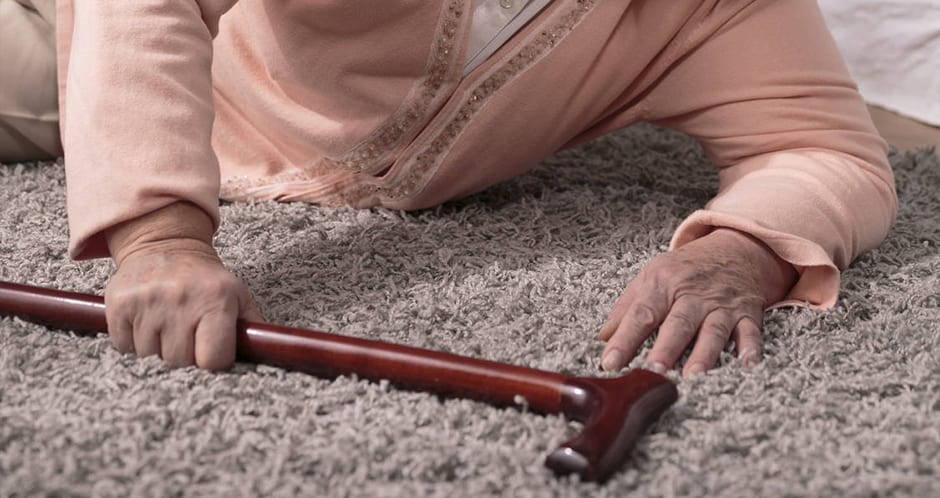
“Neurons that fire together, wire together.”
You’ve probably heard this before, right? It comes from neuroscience and what it basically means is that our brain’s neuro-circuit becomes stronger as we use it more. That’s why you always hear the saying “Practice makes Perfect”.
We master any skill, task, and activity with continuous practice, from playing the guitar to speaking many languages. Science backs this up.
However, many researchers today are exploring the other side of the story. They are proposing an idea called Synaptic Pruning, which means we must unlearn old neural connections to learn something new.

We can consider the brain as a ‘garden’ where neurons grow synaptic connections. Neurotransmitters, serotonin, dopamine are those links. The gardeners present in our brain are called Glial Cells. These gardeners boost the neurons’ signal speed. The microglial cells are the pruning gardeners, and they remove waste from synaptic connections.
Researchers continue to explore and break down the mystery of pruning of these connections. The less used synaptic connections are marked down by C1q, which is a protein. The marks are then detected by the ‘pruners’ microglial cells, who proceed to prune the connection. As a result, our brain is maintained and developed to build new connections as well as strengthen them in the process.

We often experience a ‘full brain’ when we start something new. Our brain builds new connections whenever we learn something new. In order to build these new connections, our brain prunes and streamlines the old connections for the new ones. The process usually takes place in our sleep. That’s the reason behind the 60% shrinkage of our brain cells.
It happens so that enough space is created for the glial cells to get rid of waste. A good sleep provides clarity. Therefore, naps are essential for the development of cognitive abilities. A brain that is sleep deprived is more like a swamp. You feel exhausted, lack energy and lose focus.
In short, by keeping the brain well rested we allow for the brain to prune itself so we can learn new tasks and abilities. In the coming years, more research will better enable us to understand how to fasten this process.
According to Fast Company:
“A 10- or 20-minute nap gives your microglial gardeners the chance to come in, clear away some unused connections, and leave space to grow new ones. Thinking with a sleep-deprived brain is like hacking your way through a dense jungle with a machete.”
What’s more, you can actually have some control over what gets deleted. Judah Pollack says:
“It’s the synaptic connections you don’t use that get marked for recycling. The ones you do use are the ones that get watered and oxygenated. So be mindful of what you’re thinking about.
If you spend too much time reading theories about the end of Game of Thrones and very little on your job, guess which synapses are going to get marked for recycling?”
Originally published on The Power of Ideas.
5